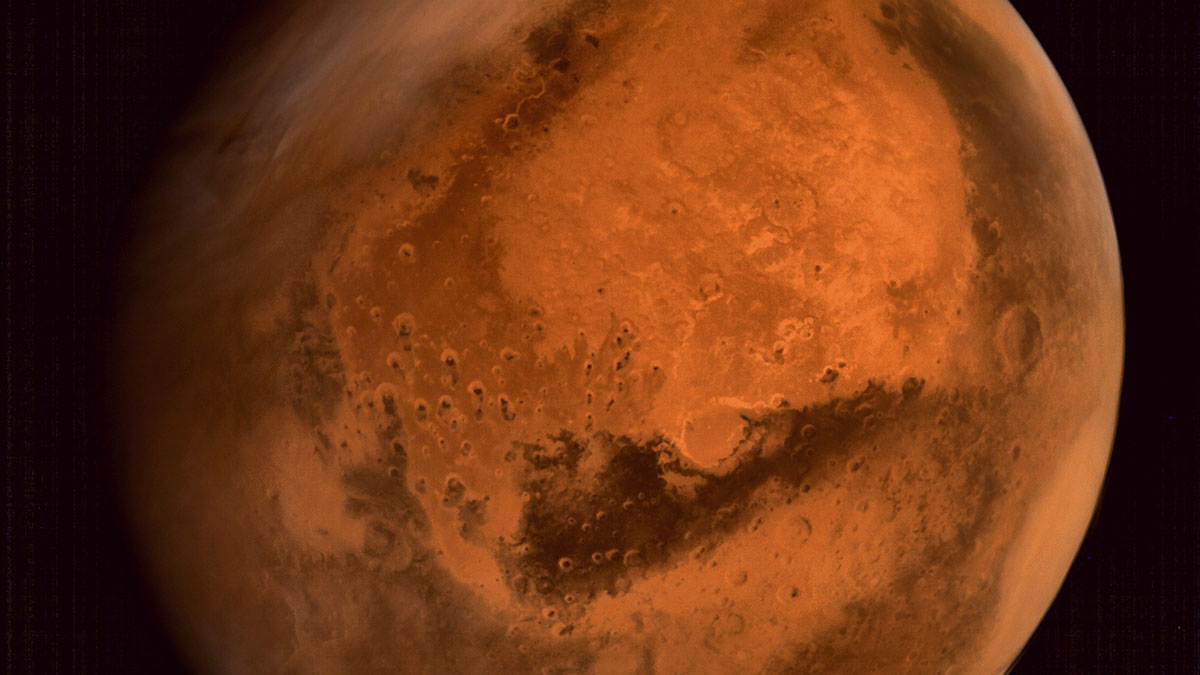astrobiologists’ frustrating martian paradox

Ever since Giovanni Schiaparelli saw what he termed canals on Mars, we’ve been expecting the red planet to be home to an advanced alien species, often presented as little green men and women encased in metallic, bulky suits in pop culture. Yes, the canal business may well have been a misunderstanding on the part of the translators since Schiaparelli may have meant completely natural gullies, but then again, he never corrected reports claiming evidence for life on Mars as evidenced by the blurry, waterway like features spanning across a good deal of the planet. Science fiction quickly seized on the news and many a novel about a dry and slowly dying world populated by a complex, intelligent civilization either waiting to be rescued, or decaying into chaos and war over dwindling resources were written, portraying the canals as either their last-ditch effort to save all that was still left, or the ruins of their heyday. You could say that we’re primed for the notion of life on Mars and every discovery of water in its past seems to hint at the chance of something living, even if it’s only microbes buried deep under the barren, inhospitably radioactive surface. But where are all these microbes hiding?
In the latest iteration of water without life cycle, the ESA reports that once upon a time, Mars had an enormous ocean if not two covering much of its northern hemisphere, one a billion years after the other. While Earth is still cooling down from its collision with Thea and giving birth to continents, Mars is developing vast oceans in which life can flourish. Unfortunately, in its smaller gravity and thin atmosphere, all that water would be frozen in just a million years if it hadn’t evaporated before that, too fast for life to form according to some. Just to add insult to injury, the oceans may have been extremely salty, so salty that some astrobiologists doubt that life could even survive in these conditions. And going by this train of thought, we have to conclude that life we can understand never even got a chance to take root on Mars, much less grow and diversify. Or do we? After all, a hypersalene lake is not exactly a dead zone for all living things and we find hearty bacteria living there almost all the time. Likewise, a million years in not exactly fast and for microbes with life spans of days if not hours, a few billion generations can come and go. Since evolution works by generation rather than by time, they would evolve at warp speed by comparison to macroscopic life and have a chance to adapt and survive.
Furthermore, since we’ve never seen an alien life form and don’t know how long it took for life to arise here on our own world, how can we be sure that for Martian microbes, a million years is too little time to develop? How do we know if they weren’t already there before the oceans formed, using another source of water? True, it’s a lot more likely than not that these mirobes would be restricted to water as a solvent in their chemical reactions in their bodies because Mars is just not cold enough to liquefy gases that could be a substitute, but any other assertion about them could still be questioned. And since we haven’t exactly explored all of the red planet with a very clear idea for what we’re looking, it’s hard to definitively rule out that it may still host life. Obviously, we’re going to need to temper out expectations but at the same time, it may be wise to hold off on pronouncements of how long was long enough for life to get started on Mars and which resources it will and will not have. We’re still finding life in amazing, seemingly utterly inhospitable and alien places on Earth, and our primeval world’s environment, which we know for a fact was crawling with life, would be so harsh and alien to us, we would die from exposure to toxic gases and unbearable heat if we ever went back there in a time machine. Why not give Mars the same benefit of the doubt that we give our caves, ocean depths, and subterranean lakes?





